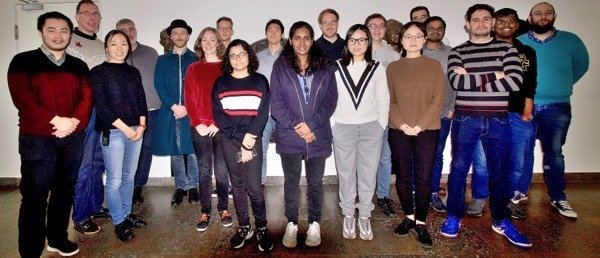
Investigation of Solute Segregation on Mechanical Properties of Grain Boundaries: Fe-B as a case study
This research focuses on studying the segregation behavior of solute atoms at defects like dislocations and grain boundaries (GBs). We aim at generating a connection between defect-related observations to mechanical properties. The outcome will provide input into the design of advanced alloys.
Experimental observation of defect segregation requires the three-dimensional (3D) information with high spatial resolution and accurate chemical sensitivity available through atom probe tomography (APT). High-resolution (HR) transmission electron microscopy (TEM) provides atomic resolution for defect structure. The quantitative characterization of strain around defects is possible via a four-dimensional (4D) scanning (S)TEM measurement. By cross-correlating APT with advanced TEM techniques, we can overcome the experimental detection limits of each technique to provide accurate compositional and structural information of individual defects. This project also involves the development of advanced data analysis method including GB composition mapping from APT data set and strain quantification via 4D STEM. The alloy system we are interested in is Fe(B). Boron is known as a cohesion enhancer at iron GBs, however, the underlying mechanisms are not fully understood. With these advanced characterization techniques, the composition of boron can be quantified and the position of boron atoms be located at a near-atomic level for the later connection with the strength of a GB.

